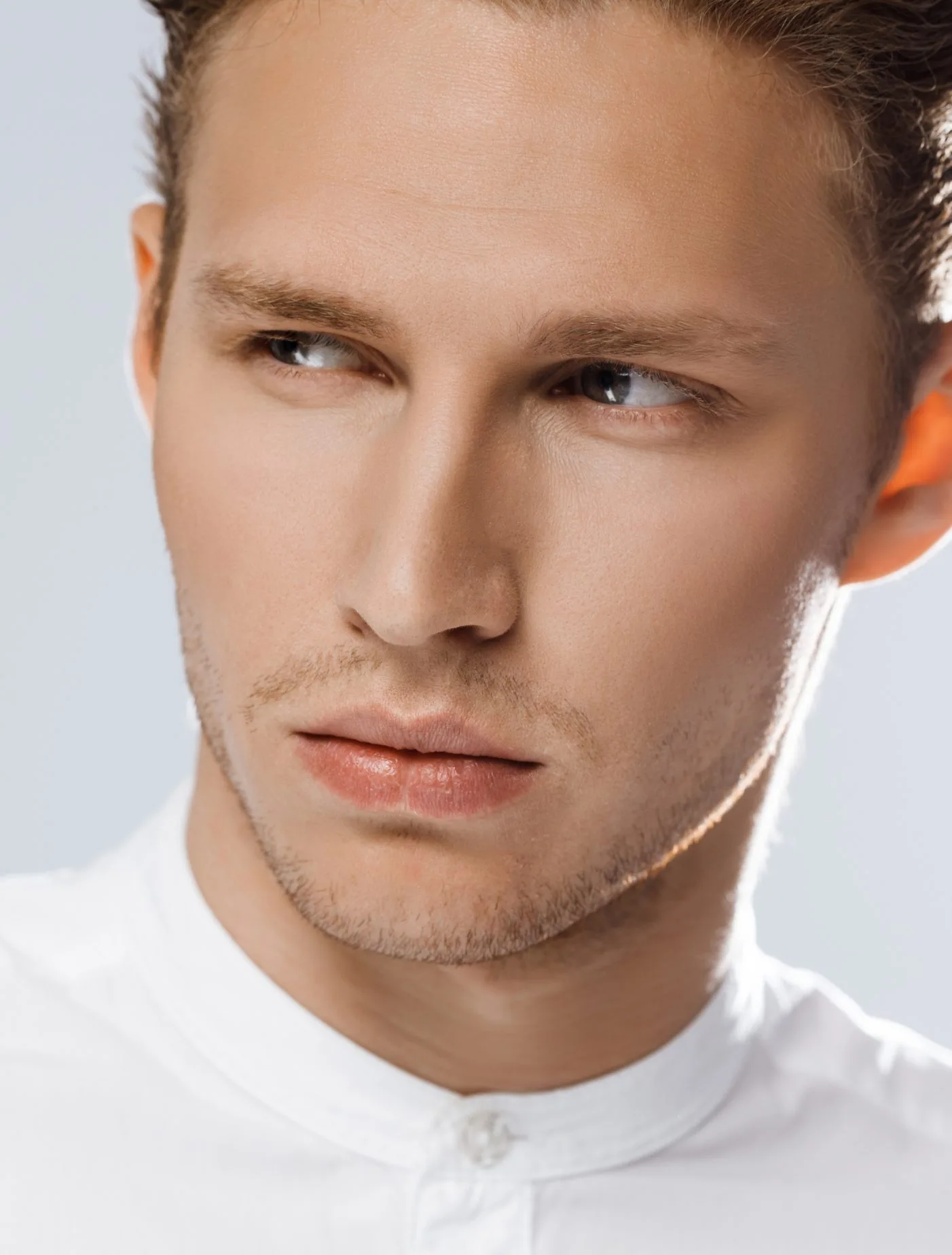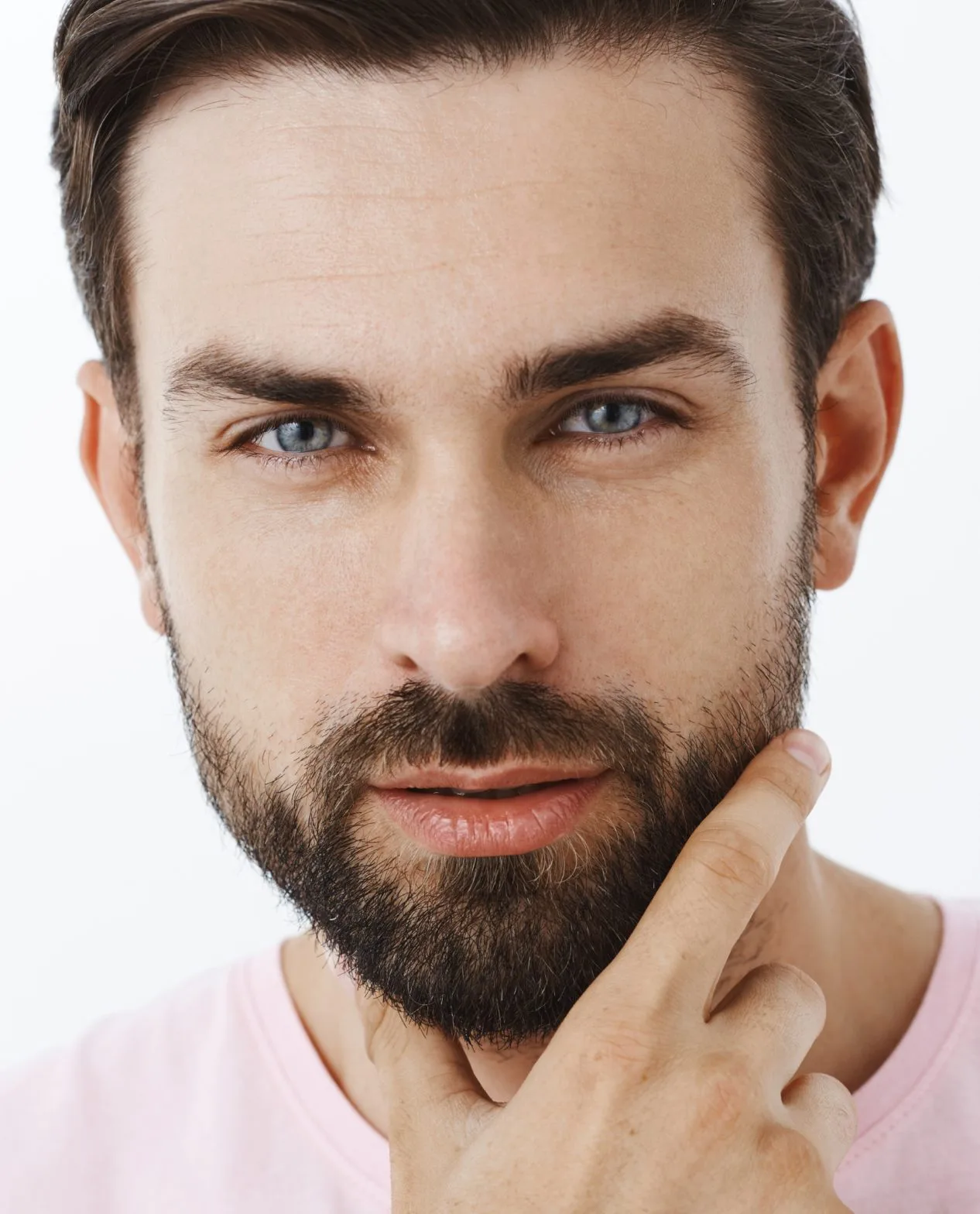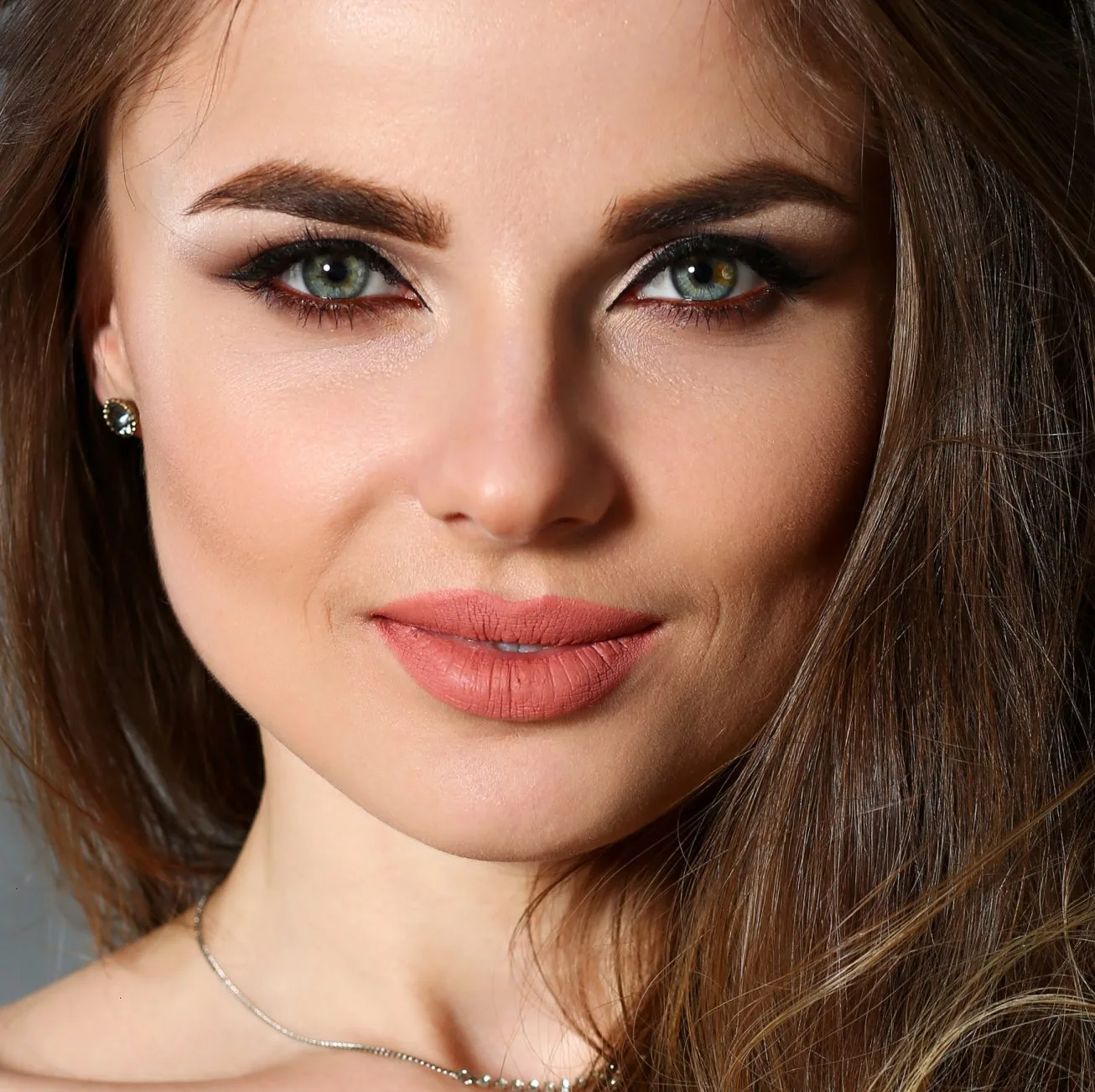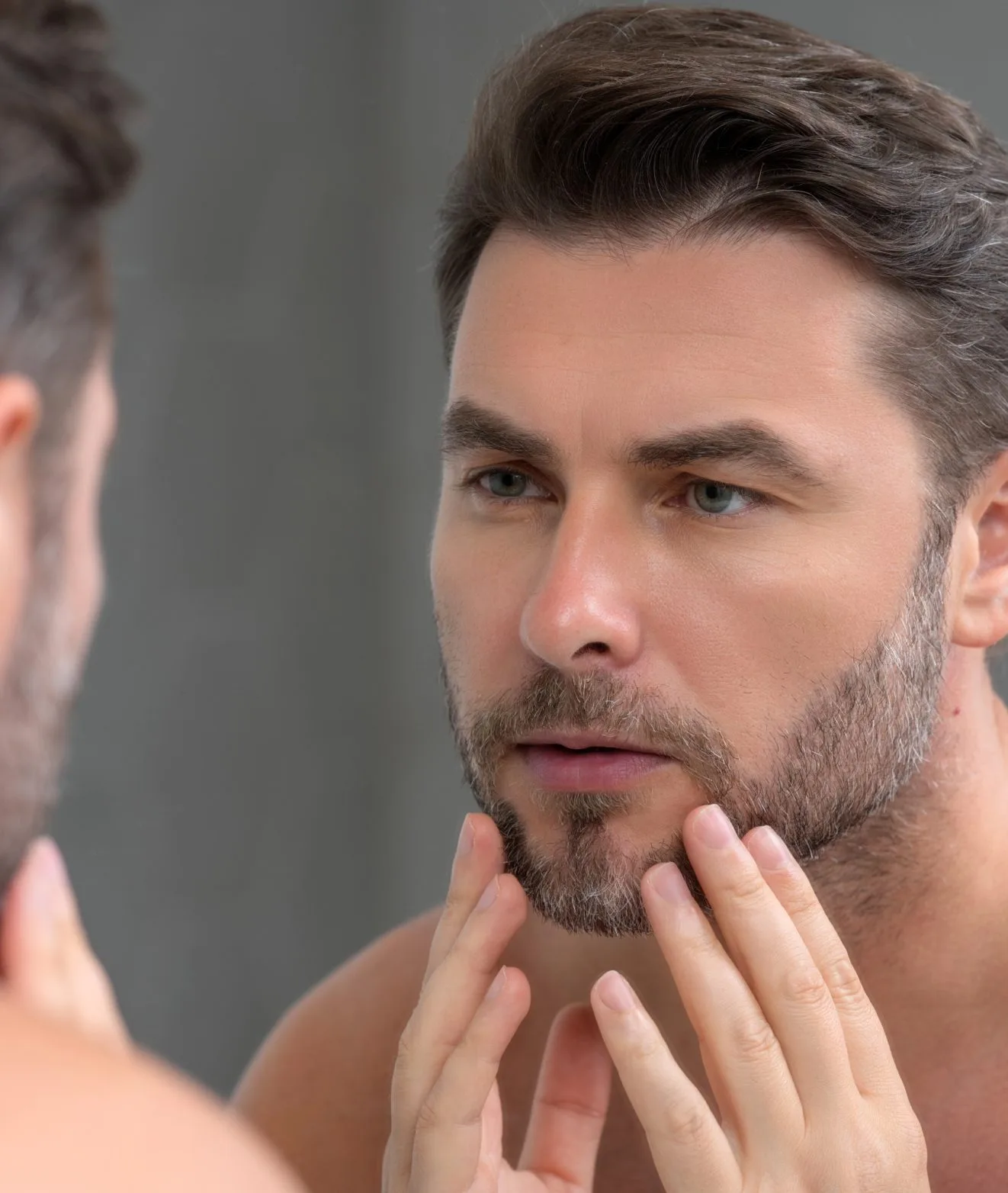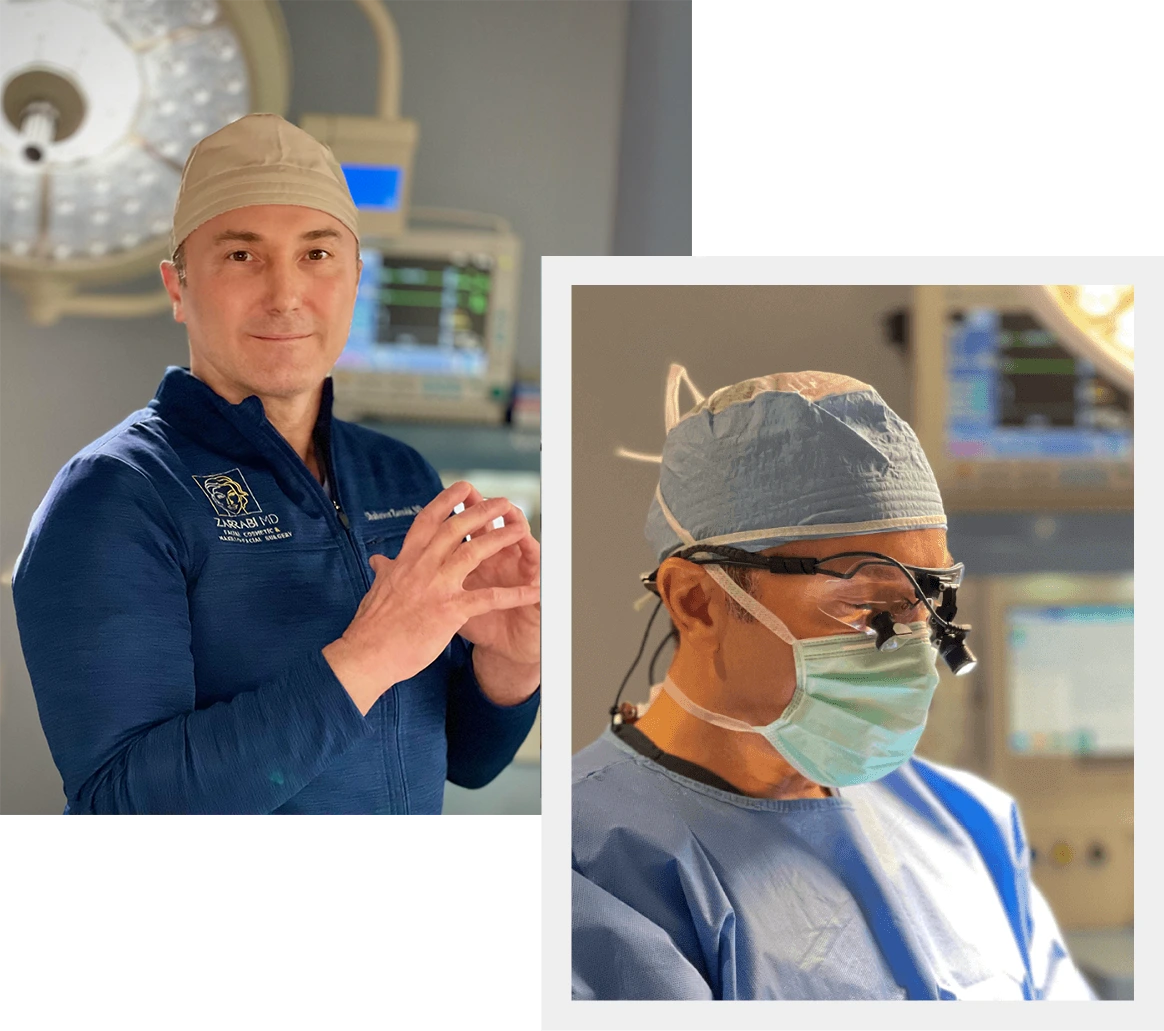Septorhinoplasty
in California
Rhinoplasty for Deviated Septum
Our practice in California provides septorhinoplasty, an advanced nose surgery to improve the appearance and breathing issues caused by a deviated septum. Using innovative technology like piezo ultrasonic sculpting and 3D imaging, Dr. Shahrouz Zarrabi reshapes nasal cartilage and septum with precision to achieve natural-looking results. With specialized training and an artistic eye, he provides exceptional care and helps people resolve their nasal issues once and for all. Our patients find the improvements from septorhinoplasty life-changing and highly beneficial.



